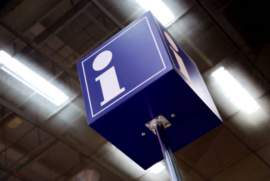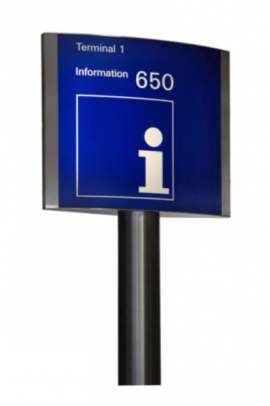
Conditions for Patentability Novelty

The question of which new ideas for devices and functions can be considered to fall within the bounds of patentability for the purposes of United States law is provided for the U.S. Patent Act, which can be found in Article 35 of the body of federal law known as the United States Code.
In this article, the Sections numbered from 100 to 105 supply the conditions under which a concept may be proved to be the new creation of its inventor and accordingly receive intellectual property protection rights. Among these conditions for patentability, an important part is played by "novelty," as it is termed by the language used.
"Novelty" in this sense refers not to the interest aroused by something original but simply to the newness of the invention. The novelty requirement can be found in Section 102 of Article 35.
The definition of novelty contained by the United States Code for the purpose of proving patentability allows for enough ambiguity to occasionally require complex judgments on interpretations and facts. A clear-cut example of a case which will not satisfy patentability is one in which the idea can be established to have been public knowledge before the application was made.
Another means by which an invention may be made public and thus ineligible for patentability is some account of the idea being published more than a year before the registration for its patent is filed. The third condition under which the novelty of an invention will be automatically discounted is one in which it was made commercially available or publicly put to use more than a year before patent registration was applied for.
By these examples, novelty as is applicable for a finding of patentability can generally be defined as the period of a year. Inventors who wait for longer than a year, then, after initiating public use or discussion of the new invention can expect to see the invention lapse into a status equivalent to copyright law's public domain, opening up the invention to use by others. Even a casual reference to the desired object of patentability may be understood as the start of the one-year grace period if it occurs in some kind of public context.
For this reason, even casual discussions of the fully developed invention should not be made by the inventor unless the listeners sign confidentiality agreements, not of mistrust of the audience, but out of the need to show that an invention has yet to be publicly disseminated.
Among the various issues which United States patent attorneys are trained to deal with, the requirement for novelty in patent applications is one which the legal representatives for a patent applicant should be prepared to handle. Among the main issues which arise from this section of patent law, it is important to note that United States patent law is unusually generous in allowing for a grace period as long as one year.
Many other countries require the immediate filing of applications, often necessitating that applications be filed in those countries as soon as the invention is publicly discussed.
NEXT: Conditions for Patentability Subject Matter


















